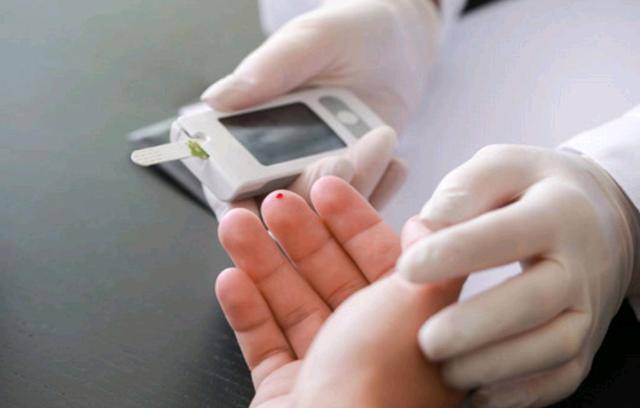As is well known, people with diabetes should pay more attention in their daily lives, especially in terms of diet. There are many foods that cannot be eaten casually, even some vegetables that need to be consumed in moderation by diabetic patients. So, which specific vegetables should individuals with high blood sugar avoid as much as possible?
The first is taro
For the general population, taro is a vegetable, but it has a high starch content. Therefore, after cooking taro, the calories and sugar content will rise. If diabetic patients consider taro as a vegetable and eat it with white rice, their blood sugar levels will increase. Therefore, if diabetic patients want to eat taro, they should consider it as a staple food, which can help stabilize blood sugar to a certain extent.
The second is lotus root
Lotus root is also a starchy vegetable. There are two types: one is crisp in texture and suitable for diabetic individuals to eat as a vegetable, while the other type has a high starch content and is better suited for making soups. Therefore, diabetic patients need to pay attention and choose lotus root wisely, consuming it in small quantities.
The third is potatoes
Potatoes contain high levels of carbohydrates. Many people who are trying to lose weight or control blood sugar tend to consider potatoes as a staple food. Diabetic individuals who consume 100 grams of potatoes should reduce their carbohydrate intake by 25 grams. It is advisable to steam or boil potatoes when consuming them as a staple food, and if eaten as a vegetable, they are best stir-fried.
The fourth is sugar beets
Sugar beets are less commonly seen in the south but are a common vegetable in the north. Sugar beets are rich in nutrients such as dietary fiber, vitamins, protein, carbohydrates, and various iodine elements. These nutrients can regulate metabolism and have certain health benefits.
Sugar beets are low in calories, with only 13 kcal per 100 grams. People who are trying to lose weight often prefer to include sugar beets in their diet. However, it is important to note that sugar beets have high water content and sugar content. When sugar beets are cooked, the polysaccharides inside are converted into sugars. Consuming too many sugar beets can elevate postprandial blood sugar levels, so individuals with high blood sugar should try to avoid sugar beets.
So, what vegetables should be chosen when blood sugar levels are elevated?
1. Choose more leafy green vegetables
Leafy green vegetables are rich in dietary fiber, virtually devoid of carbohydrates, making them very suitable for diabetic individuals. These vegetables also have high water content, aiding in efficient intestinal function. They contain water-soluble vitamins, helping with sugar control and providing additional vitamins and trace elements. Vegetables like tomatoes, Chinese cabbage, and radishes can be consumed frequently.
2. Opt for darker-colored vegetables
It is worth mentioning that the darker the color of a vegetable, the higher its nutritional value. Dark-colored vegetables contain abundant nutrients such as riboflavin, vitamin C, and minerals, which contribute to a balanced diet. Vegetables like purple cabbage, broccoli, and okra can be consumed in moderate amounts.
3. Include more fungi and algae
Fungi and algae are beneficial foods for individuals with diabetes. Mushrooms, shiitake mushrooms, wood ear mushrooms, nori, and kelp are highly nutritious and flavorful. These foods are rich in high-quality proteins, active polysaccharides, calcium, potassium, and abundant B vitamins, providing comprehensive nutritional support for individuals with diabetes.
For exploring ways to lower blood sugar through diet, I recommend this guide – “Home Remedies for Lowering Blood Sugar in Everyday Meals.” This book not only provides over 50 blood sugar-lowering ingredients and 300 traditional therapeutic recipes for diabetic patients but also thoroughly analyzes the nutritional value, health benefits, and usage recommendations for each ingredient.
Additionally, the book shares practical tips on selection and preservation, ensuring that you can easily determine the freshness and quality of ingredients during cooking. These carefully designed recipes are not only delicious but also cater to the special taste preferences of diabetic patients. They will become your reliable assistant for auxiliary treatment and enjoying healthy cuisine. The practicality and convenience of this book make dietary treatment for lowering blood sugar safer, more economical, effective, and accessible.
Note: Images sourced from the internet


